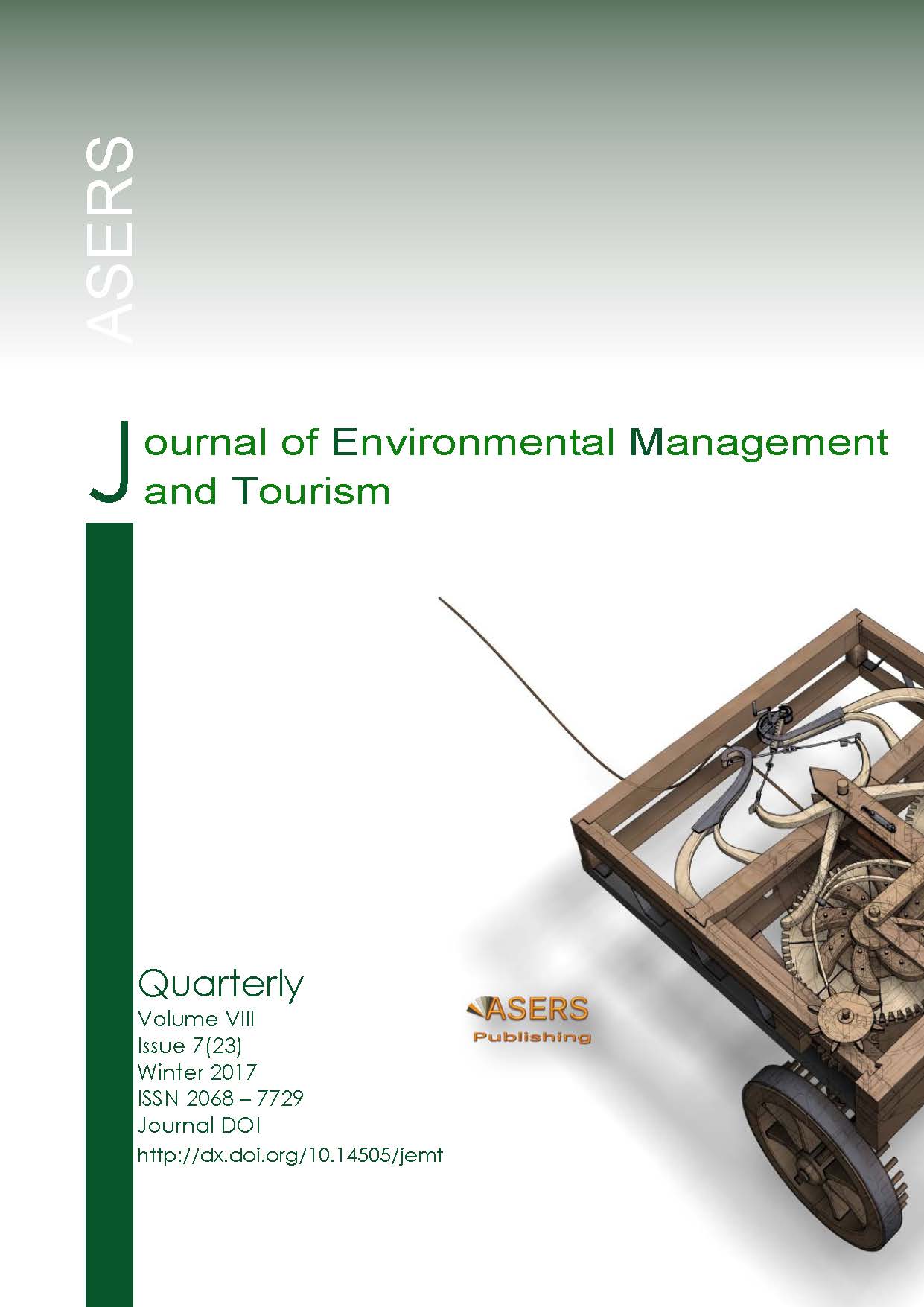Iron-containing Water of the Yamal-Nenets Autonomous District
Abstract
Factors of groundwater formation in the Yamal-Nenets Autonomous District predetermined its specific composition, characterized by low (ultra-fresh) mineralization, rarely exceeding 100 mg/dm3, reduced concentrations of the main macrocomponents and high concentrations of iron and manganese. Almost everywhere in the region under consideration, iron content exceeds the MAC by sanitary rules and rates 2.1.4.1074-01 "Drinking water", sometimes reaching tens of mg/dm3. On average, its values lie in the range from 1.4 to 6.5 mg/dm3 (at a rate of 0.3 mg/dm3). The presence of marshes and an increased content of organic substances in the aquifers of the Quaternary and Cretaceous-Paleogene deposits of the basin in the ice-humid and humid macrozones contribute to the creation of a primarily acidic reducing environment favorable for the migration of iron, manganese and other elements. The purpose of this study was to construct a mathematical model describing the dependence of the distribution of iron forms in the groundwater of the region on the pH which falls into the interval 5.5 - 7.5. These calculations eventually allowed us to recommend the most effective water treatment measures.
References
[2] Beshentsev, V.A., Semenova, T.V., and Trofimova, N.S. 2017. Hydrogeochemistry of fresh groundwater in the northern part of the West Siberian megabasin (within the Yamal-Nenets oil and gas producing region). Tyumen: IUT.
[3] Beshentsev, V.A., and Semenova, Т.V. 2015. Groundwater of the North of Western Siberia (Within the Yamal-Nenets oil and gas producing region). Tyumen: Tyumen State Oil and Gas University.
[4] Davison, W. 1993. Iron and manganese in lakes. Earth Science Reviews 34: 119-163.
[5] Frog, B.N., and Levchenko, A.P. 1996. Water treatment. Moscow: Moscow State University.
[6] Iron in Drinking Water. A Pacific Northwest Extension Publication University of Idaho, Oregon State University and Washington State University in cooperation with University of Alaska, Fairbanks. Available at: http://www.cals.uidaho.edu/edComm/pdf/pnw/pnw589.pdf
[7] Krainov, S.R., and Shvets, V.М. 1987. Geochemistry of groundwater for utility and drinking purposes. Nedra: Moscow.
[8] Kraynov, S.R. et al. 1982. Geochemical types of iron-containing groundwater with a neutral reaction. Journal of Hydrogeochemistry 3: 400 - 419.
[9] Matusevich, V.M., Rylkov, A.V., and Ushalinsky, I.N. 2005. Geofluid systems and issues on petroleum potential of the West Siberian megabasin. Tuymen: Tuymen State Oil and Gas University.
[10] Molot, L.A. and Dillon, P.J. 2003. Variation in iron, aluminum and dissolved organic carbon mass transfer coefficients in lakes. Water Research, 37: 1759-1768.
[11] Shaked, Y., Erel, Y. and Sukenik, A. 2004. The biogeo-chemical cycle of iron and associated elements in Lake Kin-neret. Geochimica et Cosmochimica Acta, 68: 1439-1451.
[12] Shvets, V.M., and Krainov, S.R. 2014. Regional hydrogeochemical provinces of rated components of fresh drinking groundwater. Proceedings of Higher Educational Institutions. Geology and Exploration, 5: 33-37.
[13] Solutions to iron problems. American Well Owner. https://agwt.org/content/iron-problems.
[14] Vipin, K. et al. 2017. Studies on high iron content in water resources of Moradabad district (UP). India//Water Science, 31 (1): 44-51.
[15] Wei, X., and Guihua, L. 2011. Iron biogeochemistry and its environmental impacts in freshwater lakes. Fresenius Environmental Bulletin 20 (6): 1339 – 1345.
Copyright© 2025 The Author(s). Published by ASERS Publishing 2025. This is an open access article distributed under the terms of CC-BY 4.0 license.
